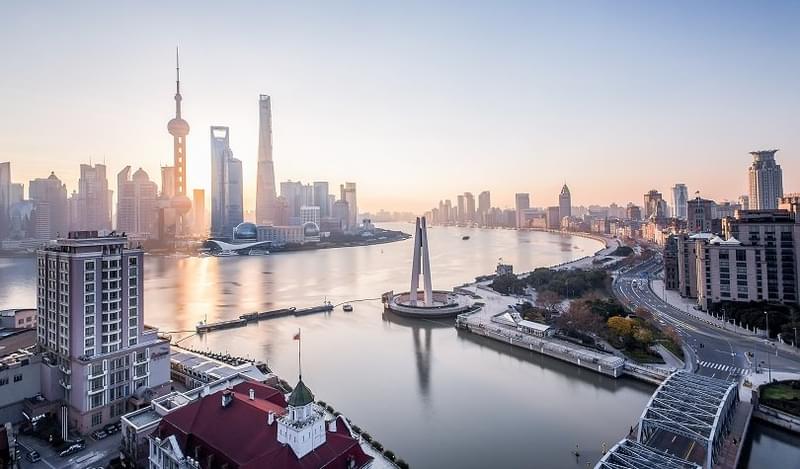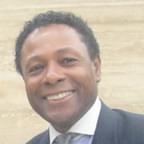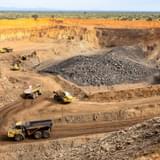Most of the Chinese outbound investments during the last metal commodity boom have not been particularly successful on a return on capital point of view. Accordingly, current Chinese investments are more focused on producing and “shovel ready” near-development projects. There is lesser appetite for earlier-stage exploration projects, unless they have very large resources. With respect to metals of choice, there is a preference for gold. Other metals of interest are zinc, copper and the battery minerals (especially lithium. and cobalt).
Contrary to the early days of Chinese foreign investments where full ownership or majority control was essential in order to conclude a deal, now less than 50% ownership, strategic investments at the 20% to 30% level and joint ventures are being considered. Most of these transactions usually involve some form of off- take agreement. I have been an advocate with my Chinese partners of using elements of the "Japanese model" of the 1970s, where the Japanese took a minority stake in the foreign company but also got access to the mineral output via off take agreements. The Chinese are now recognizing the advantages of this model, as they can allow the foreign company with its management expertise to run the company, including handling the technical challenges; while retaining the upside, and possibly a board position.
China’s “One belt One Road (OBOR)” strategy is helping to spark life into the metals sector. Peru and Chile have been the favourite Latin American jurisdictions for Chinese foreign mining investors; particularly due to the presence of the key minerals that China wants (copper and gold), and the well-developed mining culture. Peru has been particularly successful in marketing the "Peru Mining" brand in China; and I have bumped into many Peru mining missions in China over the years.
Argentina is a jurisdiction that is beginning to attract attention. For example, recently Shandong Gold, a major Chinese mining company, acquired 50% of Barrick’s Veladero project in Argentina for $960million. Brazil attracted a lot of attention during the boom in part due to the abundance of iron ore, and also being a part of the BRIC’s club. However, the iron ore sector has undergone structural pains in the past few years. OBOR may be the boost this sector needs, for its resurgence.
Earlier this year while I was in Astana, Kazakhstan, OBOR was all the rage. The Central Asian states which surrounds and include Kazakhstan are also Border States with China; and were parts of the ancient silk route, on which OBOR is now based. These states need infrastructure and OBOR together with China’s new Asian Infrastructure Bank, could also trigger a mini boom for base metals and bulk commodities, such as iron ore.
I recently returned from an extensive trip to China, and it was clear that China is undergoing a move from a capital intensive society to one that is consumer, technology and “green” driven. This means that China will still need metals in this transformation, but with a different emphasis. For example, consumers are looking at personal investments in real assets other than real-estate, and gold is a logical recipient. In addition the government has been promoting investments in Gold. On the technology and “green” side, battery metals like lithium, copper and nickel (yes nickel!!) are likely to see increased demand.
The 19th Party congress in October (which occurs every 5 years) is likely to institutionalize this move, which in turn will see a sustainable demand for metals; but in a different form. Another point of note is that China’s foreign reserves peaked to about USD4tn about 3 years ago (by far the largest foreign reserves of any country), with a significant portion in U.S. dollar instruments. It was in a moderate decline during the past two years, but this year we are seeing a resurgence driven by optimism. Gold is the natural hedge against the US dollar, and should benefit from the increased buying by the Chinese Central Bank. Thus a China resurgence will mean a metals resurgence.




